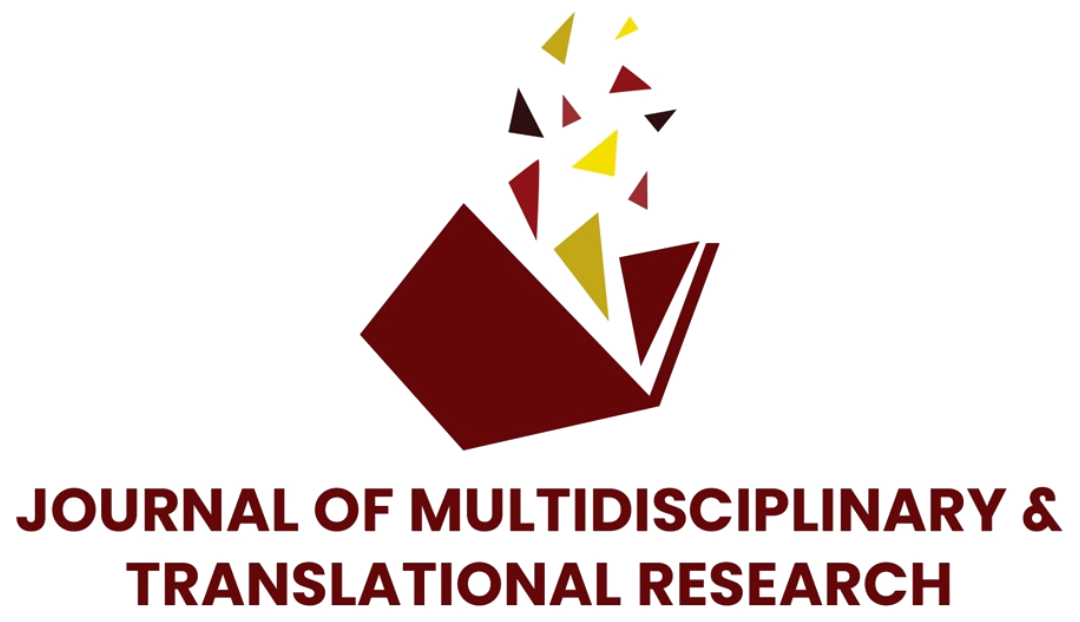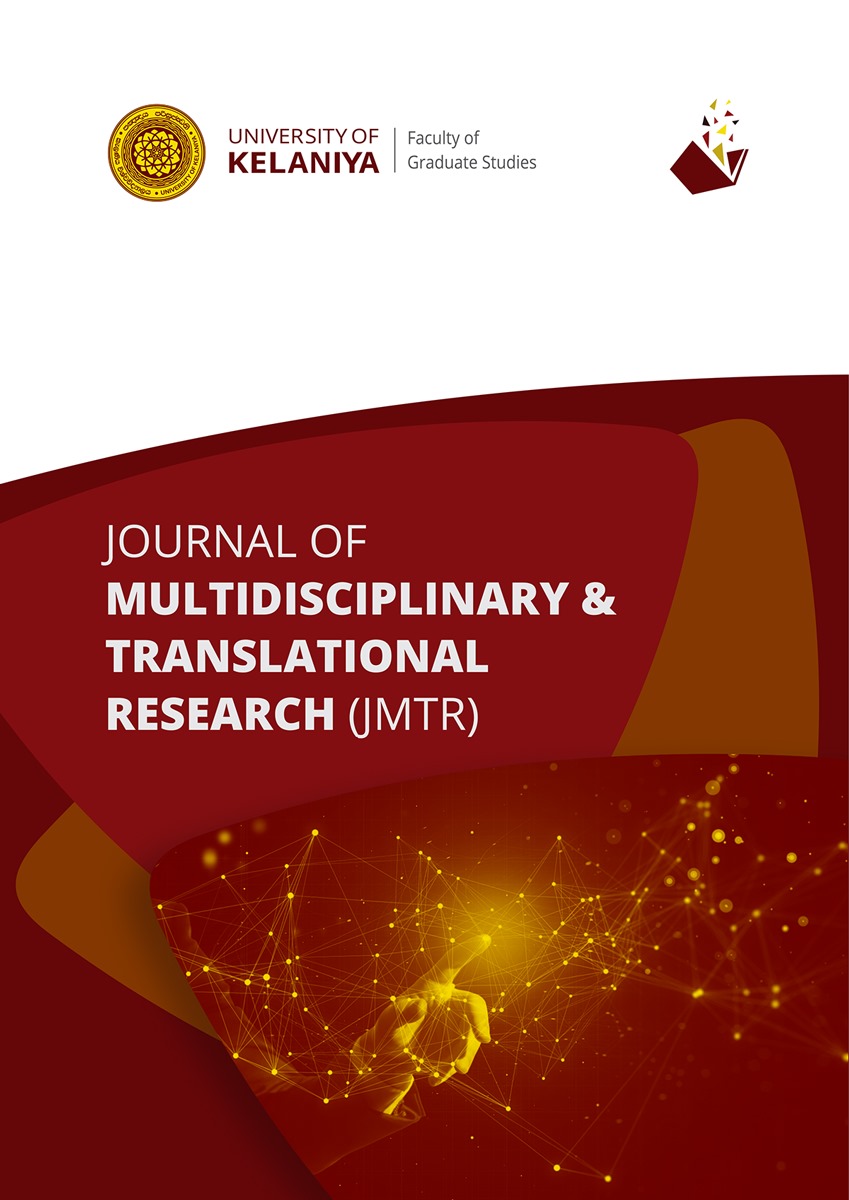Peer Review Process and Policy
JMTR operates a double-blind peer review system. Each submitted manuscript is reviewed by at least two independent experts in the relevant field. Reviewers remain anonymous, and authors’ identities are concealed. Editorial decisions are based solely on scholarly merit, originality, and relevance to the scope of the journal.
The JMTR, relies on peer review to ensure the quality and integrity of the scholarly articles it publishes. Upon submission, manuscripts are subjected to an extensive review procedure that follows a double-blinded peer review approach. Each manuscript is given a unique manuscript identification number (MIN), and the reviewer is also given a specific reviewer identification number (RIN) to guarantee anonymity during the blinded peer-review process.
The JMTR, relies on peer review to ensure the quality and integrity of the scholarly articles it publishes. Upon submission, manuscripts are subjected to an extensive review procedure that follows a double-blinded peer review approach. Each manuscript is given a unique manuscript identification number (MIN), and the reviewer is also given a specific reviewer identification number (RIN) to guarantee anonymity during the blinded peer-review process.
Expert researchers in a particular area evaluate the manuscript to make their recommendations for publication, revision, or rejection. To maintain neutrality, the identities of the reviewers and the authors are kept confidential.
The Editors recommend the reviewers for a manuscript. Accordingly, the JMTR will send an invitation to the recommended reviewers along with the abstract of the manuscript and the reviewer guidelines. If the reviewer accepts the invitation to review within 7 days from receiving the invitation, the manuscript will be shared with the reviewer and each reviewer will be given two weeks to complete their review. These peer reviewers are not chosen from the immediate circle of acquaintances or coworkers of the author(s).
During the review process, each reviewer will utilize the following scale to assign a score under each evaluation criterion on the Peer-Review Form: x = not relevant, 1 = poor, 2 = below average, 3 = average, 4 = good, and 5 = excellent. The completed Peer-Review Form also includes the summary of the assessments made by the reviewers, feedback on the strengths and weaknesses of the manuscript, and recommendations for revision. The completed peer reviewer form and the manuscript annotated with recommendations for revision is sent to the JMTR. Accordingly, the author will be notified by the JMTR under the sanction of the Editor-in-Chief whether the manuscript is accepted for publication or rejected .
Publication Frequency
The JMTR is published biannually, in June and December. Accordingly, the journal is published as two issues in one volume. This allows the journal to maintain a consistent schedule while maintaining the content current and relevant. The biannual publication schedule encourages authors to submit manuscripts throughout the year and ensures that readers have access to a wide range of scholarly articles. The accepted revised manuscripts are made accessible online ahead of print.



